Hot, cold, hot, cold… I spend some days bundled up under the southern California sun with a wool hat and coat, and spend others, stripped down to my skivvies, overheating in the cold for no apparent reason. The contrast swing of temperature is extreme for me on a daily basis and is a source of constant perplexity for me. Over the years I’ve come to find that I have many friends who experience a similar juxtaposition within their body — all part of the perpetual enigma that is a spinal cord injury.
This topic has sparked spirited conversations and has inspired me to discover why and how this roller coaster occurs.
What does thermoregulation mean?
Thermoregulation is a natural process that allows your body to maintain its internal core temperature. All thermoregulation functions are designed to keep your body in the “Goldilocks Zone” or in technical terms, temperature homeostasis.
The average, healthy internal body temperature is between 98°F (37°C) and 100°F (37.8°C), and is quite sensitive to fluctuation beyond these measures. The limited flexibility beyond this range means that if you get to the extremes it can affect your body’s ability to function.
For example, if the body temperature falls to 95°F (35°C) or lower, then hypothermia is a real danger. This condition can potentially lead to pain, slowing of motor skills, tiredness, lower blood pressure, cardiac arrest, brain damage, or even death. If the body temperature rises as high as 107.6°F (42 °C), then heatstroke, damage to the brain, heart, kidneys, muscles, or even death, is also a threat.
Generally, factors such as spending time in hot or cold weather conditions, fever, exercise, digestion, drug or alcohol use, dehydration and metabolic conditions like an under-functioning thyroid gland, can raise or lower internal temperature. Medications can affect body temperature as well. Anticoagulants or blood thinners, sedatives, pain medication such as opioids and some antispasmotics like baclofen and Valium can lead to feeling cold. Also, natural hormones in both males and females can affect the feeling of too warm or too cold. Conduction and radiation are the primary ways heat leaves the body.
How does the body regulate temperature?
When the internal body temperature changes, the central nervous system sends messages to the hypothalamus. The hypothalamus is a section of the brain that controls thermoregulation. When it senses internal temperature becoming too low or high, it sends signals to the muscles, organs, glands, and nervous system to respond in a variety of ways to help return body temperature to normal.
If the body needs to cool down, the common ways it does so are:
- Sweating: Sweat glands in the skin release sweat, which cools the skin as it evaporates.
- Vasodilatation: The blood vessels under the skin get wider. This increases blood flow to the skin where it is cooler — away from the warm inner body. This lets the body release heat through heat radiation.
If the body needs to warm up, the mechanisms include:
- Vasoconstriction: The blood vessels under the skin contract and become narrower. This decreases blood flow to the skin, retaining heat near the warm inner body.
- Thermogenesis: The body’s muscles, organs, and brain produce heat in a variety of ways. For example, muscles can produce heat by shivering.
- Hormonal Thermogenesis: The thyroid gland releases hormones to increase metabolism. This increases the energy the body creates and the amount of heat it produces.
With a spinal cord injury, these signals are interrupted and do not reach the brain for interpretation, regulation or adjustment. Typically, individuals with a spinal cord injury have difficulty managing their body temperature below their level of injury. This can leave parts of the body feeling warm or cold to the touch.
For example, below my nipple line, my body barely sweats when it is hot, and rarely shivers when it is cold. By the time my brain recognizes a change in temperature it is often too late and I end up either freezing cold or way over-heated. Sometimes I experience autonomic dysreflexia, a dangerous, emergency response to unsafe internal temperature. I do no recommend allow your body to get to that point!
A funny, but unsafe, story:
After my accident, I knew very little about how a spinal cord injury affected my body, besides the obvious loss of motor and sensory function. The first time I went into an outdoor swimming pool and was exposed to direct, unprotected sunlight, I received a blotchy sunburn that looked like the patchwork hide of a painted horse. Shocking and painful!
This occurred because the majority of my skin did not sweat or circulate blood well, and thus did not burn the way that the few, neurologically unaffected patches that did.
Lesson: Always use sunscreen, wear a hat and chill in the shade.
Become aware:
Once the body temperature has been altered by the environment, the sympathetic nervous system has difficulty reestablishing a healthy internal temperature quickly enough. I like to use an electric or microwavable heat pad around my neck, layers of clothes or blankets, or in extreme cases a hot shower or bath to warm up. Sleep allows the nervous system to reset itself, so I often nap after a severe alteration in body temperature.
To stay cool, I drink plenty of water; use cold, wet towels around my neck and head; and keep a water-filled squirt bottle and fan nearby. I dress accordingly and am mindful of direct sun exposure. If I am exercising in the heat, I start slowly and over time acclimate myself to the environment. This means getting a little exposure, but not too much, at a time.
Despite my understanding of the thermoregulation processes, I must still exercise diligent safety measures to keep things copacetic.
Stay cool (or warm), my friends – Aaron
More articles related to managing your body:
- Secondary Complications from Spinal Cord Injury
- Autonomic Dysreflexia: A Dangerous Secondary Complication of Spinal Cord Injury
- Managing My Neurogenic Bladder
- Spasticity & Spasms: How I Manage My Possessed Body
- Spinal Cord Injury – Helpful Links and Resources
Shield HealthCare | Stronger with Shield






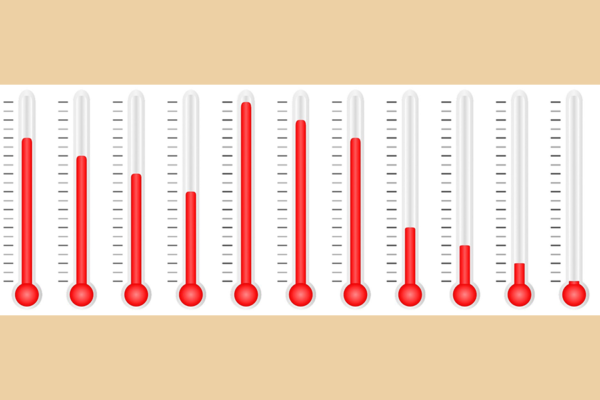


 I have a trip coming up and I am having trouble envisioning how I can safely and hygienically self-catheterize in a typical men’s restroom stall.
I have a trip coming up and I am having trouble envisioning how I can safely and hygienically self-catheterize in a typical men’s restroom stall.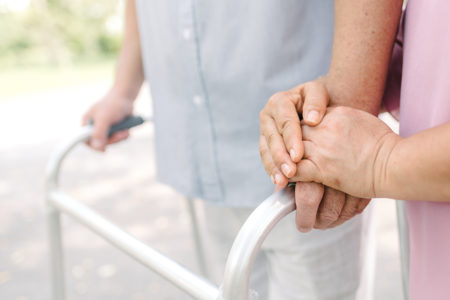
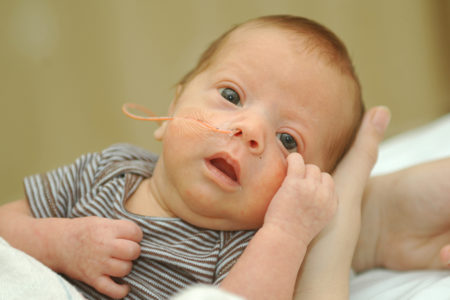



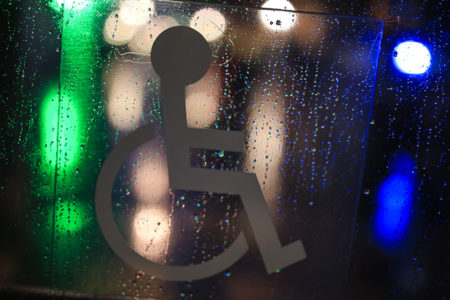
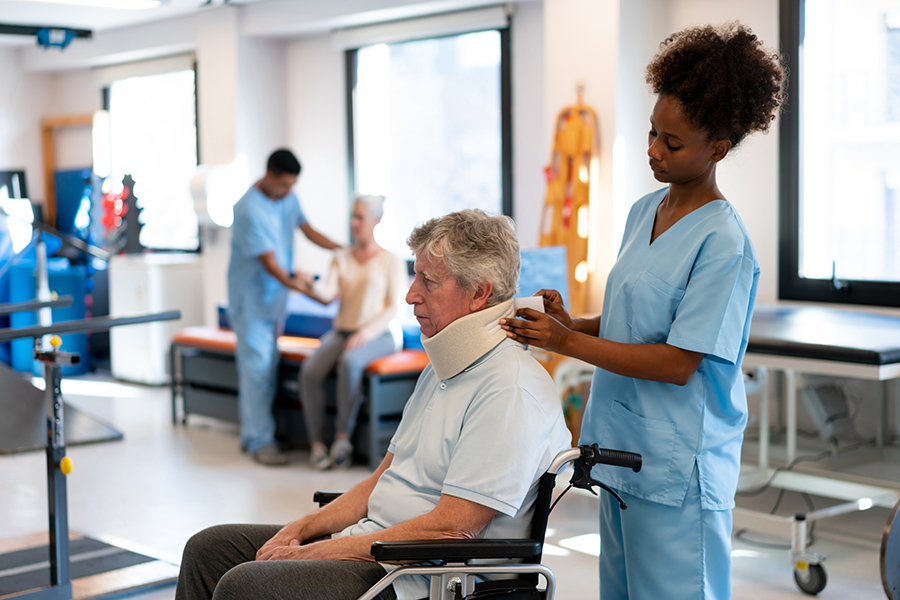





Excellant article. Thank you for teaching me this. Was wondering what was hapoening:)
MAN THANKS FOR THE ENLIGHTENMENT I HAVE A SCI AND MY BODY IS ALWAYS SO COLD EVEN WHEN I SWEAT THE SWEAT IS SUPPOSED TO MEAN MY BODY IS OVERHEATING HOWEVER IM EXTREMELY COLD AND THE SWEAT MAKES IT WORSE LIKE RUBBING ALCOHOL ON YOUR SKIN AND BLOWING IT SOMETIMES I HAVE TO TAKE CLOTHES OFF TO WARM UP